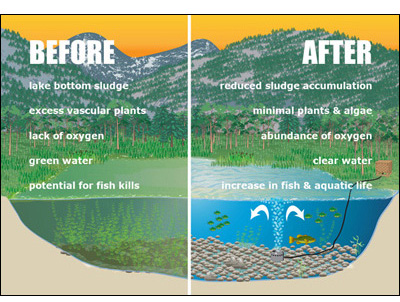Lake Restoration Coupon
India is seeing a decline in the number of waterbodies. In 1960, Bangalore had 262 lakes. Today, there are only ten lakes in the city. Ahmedabad has 65 more lakes than 2001. Hyderabad has lost nearly three thousand hectares in wetlands over the past twelve years. This is limiting the ability for waterbodies and other services to continue their work. Although adequate laws exist to protect waterbodies from harm, these laws are often not effective.

